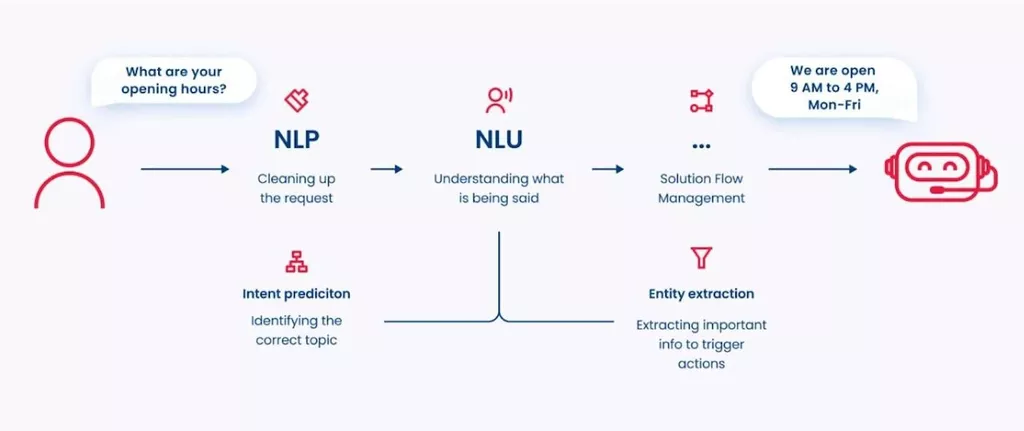Also, following this mannequin makes positive that no goal anticipated by the top of the software program is missing https://www.globalcloudteam.com/ regardless of how minor the target might be. By testing rigorously after each stage, it is sure that the top software program is detect-free and that every stage is appropriate with both the longer term and previously developed stages. Using incremental growth in safety-critical initiatives is much like incremental development in non-critical development, although tougher (S3). Rasmussen et al. (S39) reported on a group using iterations of four to 10 weeks after which they delivered an increment of executable software that was put into use. Thus, as proven by this study, longer iterations than beneficial in non-critical software improvement could also be needed.

What Does An Iterative And Incremental Product Growth Process Look Like?
Some researchers have found this to be a challenge and due to this fact a barrier for rising using agile software program growth (S4; S25; S38). The key problem incremental development model is to develop an incremental safety assurance course of (S15). The agile and the normal methods additionally differ considerably of their recommendations for the project lifecycle.

Iterative Vs Incremental Growth
That is to say, primary functionalities just like the consumer profiles, gadgets page, buying carts, favorite, checkout, and buyer critiques shall be applied. The first iteration is then developed and examined, and feedback might be collected to refine the product. Accordingly, the primary release (A) of the software accommodates file management, document era, and modifying capabilities. With the next launch (B), sophisticated modifying tools and superior file creation functionality might be included. This additional increment (C) will present options such as spell checking, grammar checking, mailing, and so forth. Each of the phases may be divided into 1 or extra iterations, that are often based mostly on time or features.

Steps Of Incremental Improvement
In a lightweight iterative project the code may symbolize the most important source of documentation of the system; nevertheless, in a important iterative project a formal Software Design Document may be used. The analysis of an iteration is predicated upon person feedback and this system analysis amenities obtainable. It entails evaluation of the construction, modularity, usability, reliability, effectivity, and achievement of targets.

Apache Jmeter Suggestions And Tips For Effective Performance Testing
An iterative mannequin means software program growth activities are systematically repeated in cycles known as iterations. The basic thought behind the iterative technique is to develop a system through repeated cycles (iterations). It is a repeated course of, a sequence of steps of creating, reviewing, and testing the product until improved results are achieved. In terms of growing software program, a purely iterative model doesn’t produce a working system until the ultimate iteration. A firm takes a basic idea of what it’s constructing with out having a clear image of it and layers every thing else on top over time. In the iterative model, the requirements are broken down into multiple items or modules which are developed separately and built-in one after one other.
- Iterations follow the same fundamental steps as traditional improvement methods, but it’s carried out on a feature-by-feature basis, with brief cycles and releases available at the finish of every cycle.
- With fast moving processes and changing scope, documentation typically takes a backseat.
- Iterative and incremental improvement is any combination of both iterative design (or iterative method) and incremental build model for improvement.
- In this scenario, not only are SpaceX engineers designing and simulating their products, they are additionally printing and testing them completely.
- This feedback is used to gauge the software’s efficiency and identify areas for enchancment.
Streamline Your Software Supply With Plutora!
Safety-critical tasks are sometimes developed in accordance with the V-model (S19) and are thus not carried out iteratively and incrementally (S14). The model is subsequently suited for creating safety-critical software program, because it produces the mandatory deliverables required when looking for regulatory approval (S30). The regulatory course of requirements do not prescribe a sure improvement lifecycle (S23; S25; S29; S40). Development is carried out so far as potential in small, discrete, incremental steps which final for just a few weeks.


To manage the project as a complete, incremental processes begin with a coarse requirement definition for the entire project. A plan for the entire project describing all increments is based on this requirement definition. In addition, an architecture for the whole system is developed firstly of the project. It ensures that all increments may be realized and integrated into the complete system.
Traits Of Incremental Fashions
The module with the system’s core performance is often the first deployed. Later modules that add functionality are then deployed and built-in with the system till all required performance is achieved. In essence, whereas iterative development is about refining the project by way of feedback and studying, incremental improvement focuses on progressively building upon the project’s performance. In this information, we’ll define what iterative and incremental growth means, the pros and cons of implementing this methodology, and what an iterative and incremental growth process looks like in practice. If the necessities of the project are not well-defined or are subject to vary, an incremental improvement approach may be the popular method.
However, incremental improvement does share some of the similar disadvantages of the waterfall model. Both fashions require detailed planning and evaluation at the outset to guarantee that all project specifications, requirements, and needed performance have been addressed in the overall system design. Failure to do so can result in delays and other problems as requirements are redefined and the system is redesigned. On the opposite hand, if the project may be very stable and requirements are fully understood, the waterfall mannequin could additionally be preferable as it has fewer steps and decrease total price than incremental improvement.
It’s iterative as a result of each sprint includes repeating the same strategy of planning, developing, testing, and evaluating. It’s incremental as a result of each dash builds on the earlier one, and at the finish of every dash, a working version of the product is delivered. The development team can begin by creating a minimal viable product (MVP) with important features and then release it to collect user suggestions. Based on the feedback, subsequent iterations can add new features, enhance performance, enhance user expertise and handle any issues or bugs.
A doc referred to as the SRS (Software Requirement Specification) contains detailed specifications of the technical necessities. After the SRS has been created, we have to ship it to the client or to SMEs on the client’s side for approval before continuing with the following phase. Each of the phases may be divided into 1 or more iterations, that are normally time-boxed somewhat than feature-boxed. Architects and analysts work one iteration ahead of developers and testers to maintain their work-product backlog full.
Applying the iterative/incremental strategy to your growth course of lets you resolve points sooner and thus speed up the time it takes to realize an optimum product. Furthermore, this mindset may give you early competitive advantage in your market, enabling sooner adoption and, therefore, product growth. With a lot of the focus being on iterative/incremental process improvement, tech debt is commonly missed.
They can also refine and extend the functionalities over time in response to altering requirements. In distinction, the incremental approach focuses on delivering one complete piece at a time. The first increment is usually the core of the product that addresses the fundamental requirements earlier than supplementary features are added. Every increment builds upon the previous one to produce a working version of the software. In this text, we’ll evaluate and distinction incremental and iterative software improvement, have a look at the key differences between both approaches, and focus on the pros and cons of each methodology. We’ll additionally discover some real-world examples of incremental and iterative growth.
